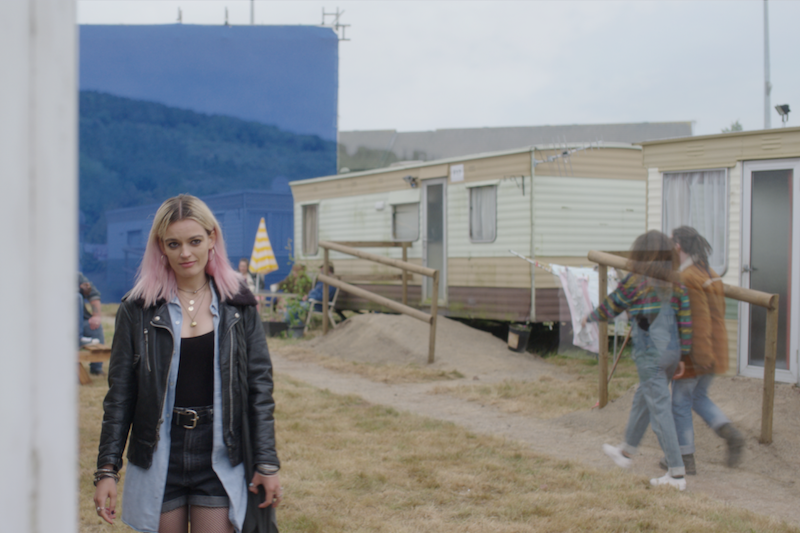As one of the world’s first visual effects companies with B Corporation certification, dupe vfx has certainly set out to do things differently. We caught up with Clement to learn how this conscientious attitude extends to its robust pipeline efficiency.
Hello! Can you please tell us a little about yourself?
My name is Clement Poulain. I’m a French guy who just turned 26, currently enjoying life in London and working for dupe vfx as a Pipeline TD with an amazing team.
How did you first get involved in the creative industries?
When I was a teenager, I played a lot of video games with my friends. We really enjoyed it. When we were around 16 years old we decided to try and make our own 3D game. This was the first time I had ever used 3D software, and before I knew it, creating in 3D was my hobby! I really enjoyed it and started investing a lot of my personal time in it.
A few years later I saw Pixar’s WALL-E and that really made things click for me. I became really interested in the VFX and animation industry in a much more professional way – at that point it was more than just a hobby. I attended a school in France called ESMA (École Supérieure des Métiers Artistiques) to learn the basics, and had soon achieved my Master Level 2.

Clement Poulain
Pipeline TD, dupe vfx
“We integrate ftrack very closely with the core of the dupe vfx pipeline – it links everything together.”
How did you get into the more technical world of pipeline?
I started my journey as a junior pipeline artist at Squint/Opera, where I worked on the animation series Messy goes to Okido. I enjoyed every single day of it; I really was living the dream. Working in this industry was, and still is, a passion, not a job.
As a junior I had all eyes and ears trained on learning the most I could from all of the amazing and talented people around me. Still, it was only when I saw my name in the closing credits for the first time that I realised I was finally part of the industry. It became real – I had made it!
Can you please tell us a little about your role as pipeline TD at dupe vfx? What do you do on a day-to-day basis?
dupe vfx was founded in 2015, so is a relatively new company. The first part of my role at the studio involved a lot of thinking and coding. I built the core of the pipeline in a very considered way to ensure the artists had an accessible, easy toolset to work with. We continue to evolve this pipeline slowly but surely. We’re always adding new features and tools designed to make dupe vfx’s foundations stronger than ever.
My daily tasks as Pipeline TD involve speaking a great deal with the leads of each department. We do a lot of planning to ensure we’re fully aware of what features need to be developed next and what new tools are needed the most. We’re always working together to find the most efficient way to evolve the dupe vfx pipeline to the benefit of the whole team.
And of course, I do a whole lot of coding, which I love! Coding involves releasing new features, but also things like fixing bugs and optimising the tools that we have. It all changes day by day.
Which projects have you worked on at dupe vfx recently?
Outlaw King and Sex Education, for sure. They were the biggest projects at the time for dupe vfx. We had to implement a new workflow and tools for these specific projects alone. This really boosted and improved the dupe vfx pipeline, which made life much easier for the production team! Those improvements are really helping the whole studio as we move onto even bigger and more challenging projects.
How much of a role does ftrack play in dupe vfx’s pipeline?
We integrated ftrack very closely with the core of the dupe vfx pipeline; it links everything together. With ftrack, everyone sees the same data at the same time. We can trust that information we see is completely up to date.
The importance of this with regards to studio efficiency can’t be understated. Our artists are fully informed as to the work they need to complete, but they also know exactly what version of a shot or asset they need to focus on.
That’s a simple, but vital, thing. Informing the artist what needs to happen on a shot is important, but ensuring that they’re completing that work on an up-to-date asset is crucial. We don’t want artists to spend a day of work on a task, only to find out that they were using an older version. With ftrack deeply embedded in our pipeline, this can’t happen. Our artists are up to date the minute they log in and we can work at optimum efficiency.
How much have you utilised the ftrack API in your work?
We use the ftrack API extensively across all of our projects. To put this into context, on Sex Education, we worked on hundreds of shots. ftrack became essential to manage them. On the human side, we used ftrack to assign and manage the artists’ shots and ensure they all knew what needed to be done and when it needed to be done by. But we also used the API to automate a lot of activity on a shot basis, which saved us a huge amount of time.
The ftrack API really opened another dimension to our workflow. In fact, it wouldn’t be overstating things to say it expanded it in every which way!
The ftrack API is super easy to use – I would suggest that any person with some basic knowledge in Python should give it a try. At dupe vfx, we integrated the ftrack API into all of our software that supports Python. With a simple click, this software gives artists immediate access to all of the ftrack data they need. They don’t have to worry about the technical processes of setting things up. They can focus solely on the creative side of their role, which results in time saved and higher quality in the work produced.
The ftrack API can also be implemented in the ftrack web interface itself using Actions, which we use a lot. Actions are great for a quick way to automate repetitive tasks. You can learn more about how we used them in the ftrack dupe vfx customer story.
What tips, tricks or recommendations would you give to other TDs interested in using ftrack?
My first tip would be to read ftrack’s forum as there are always lots of good tips and bits of advice to be found in there!
I’d also suggest looking into custom attributes for any entity. They’re very powerful and make any workflow possible. Just be careful with them, as having too many can cause one to get lost in the process!
I would also suggest taking a good look at ftrack Actions – they can help you to better understand the workflow of your production team and make it even smarter.
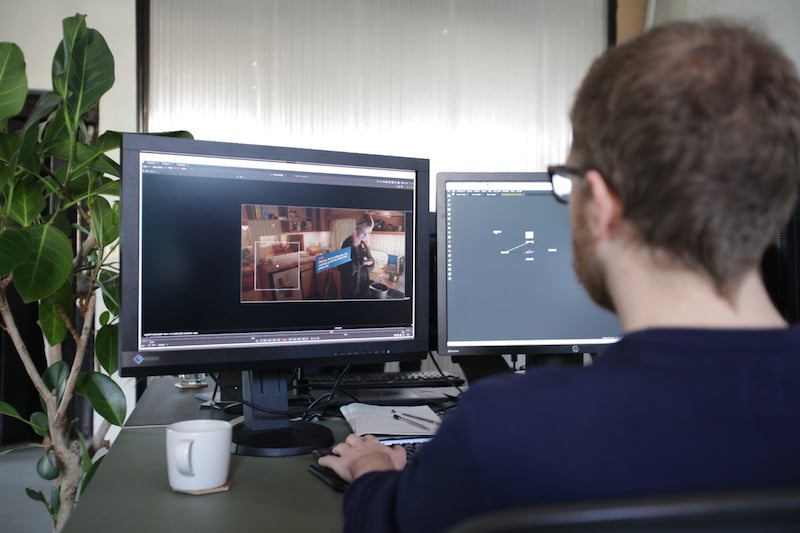
Finally, I would make a simple point: it is vital to use ftrack to ensure the safe, steady growth of a creative studio. The more artists you have working on a project, the easier it is for the work to grow more dispersed and confusing. And as the work gets spread around, you can quickly lose track of it. With ftrack as a common database, however, the team can much more effectively lead the project to completion. ftrack prevents the accumulation of unmanageable data – it keeps things tidy. And, importantly, that means the client stays happy!
What do you see the future holding for pipeline TDs in this industry?
A lot of open source tools are starting to emerge. More and more are being used – and they’re very powerful. What this means for TDs is that we don’t have to recreate the wheel every time we need to build something. And it accelerates the testing phase required before polishing and integrating a tool into our own workflow.
There are some really exciting open source projects right now, like USD, Rez, OpenImageIO, ffmpeg and OSL, just to name a few.
It’s really great to see ftrack supporting the open source community with its tools, and also in partnering up in such ventures as the Academy Software Foundation. A dedication to open source is vital in helping the creative industries to thrive, and in turn to create better, more immersive experiences for audiences all around the globe.
Want to try ftrack Studio and see how it can optimise your studio’s efficiency?
More from the blog
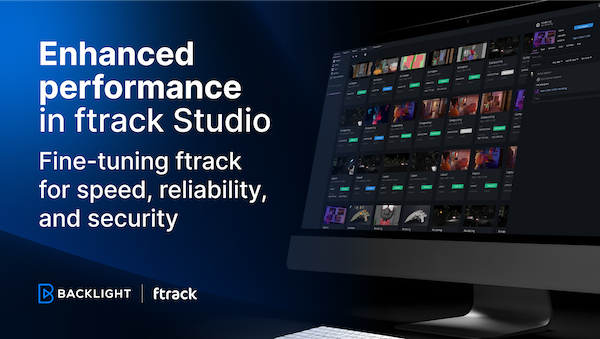
Enhanced performance in ftrack Studio: Fine-tuning for speed, reliability, and security
Chris McMahon | API, Developer, New features, Product, Productivity, Studio | No Comments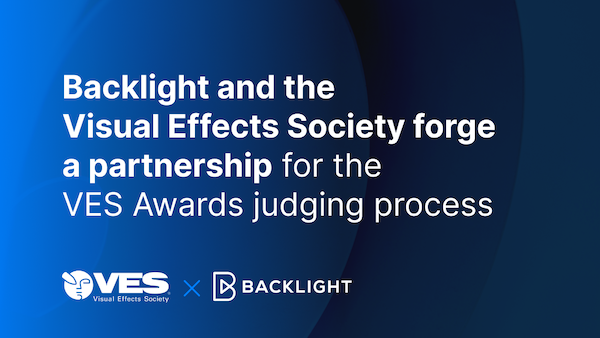
Backlight and the Visual Effects Society forge a partnership for the VES Awards judging process
Kelly Messori | Case Study | No Comments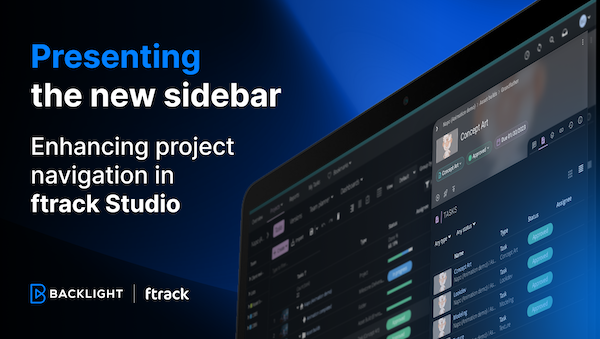
Presenting the new sidebar: Enhancing project navigation in ftrack Studio
Chris McMahon | New features, Product, Release, Studio | No Comments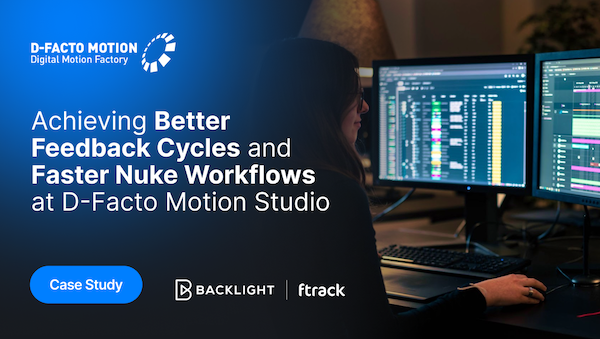
Achieving Better Feedback Cycles and Faster Nuke Workflows at D-Facto Motion Studio
Kelly Messori | Case Study, Studio | No Comments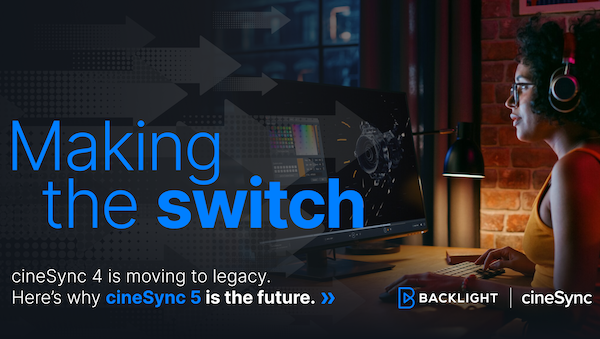
Making the switch: The transition to cineSync 5
Mahey | Announcements, cineSync, News, Product | No Comments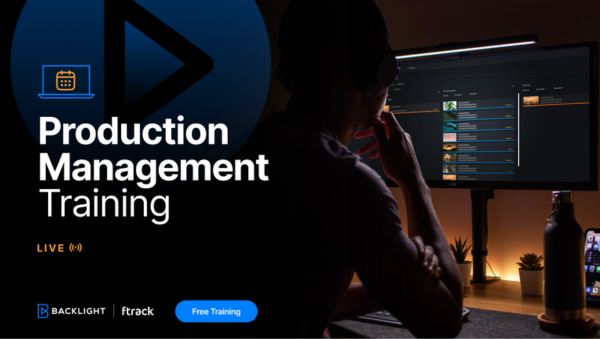
Supporting Your Studio: Free ftrack Studio Training and Office Hours from Backlight
Kelly Messori | News | No Comments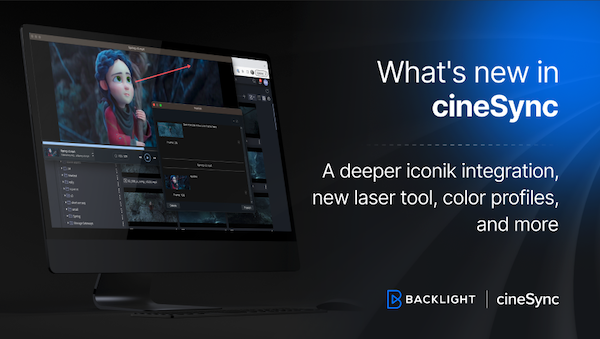
What’s new in cineSync – a deeper iconik integration, laser tool, OTIOZ support, and more
Chris McMahon | cineSync, New features, Product, Release | No Comments
